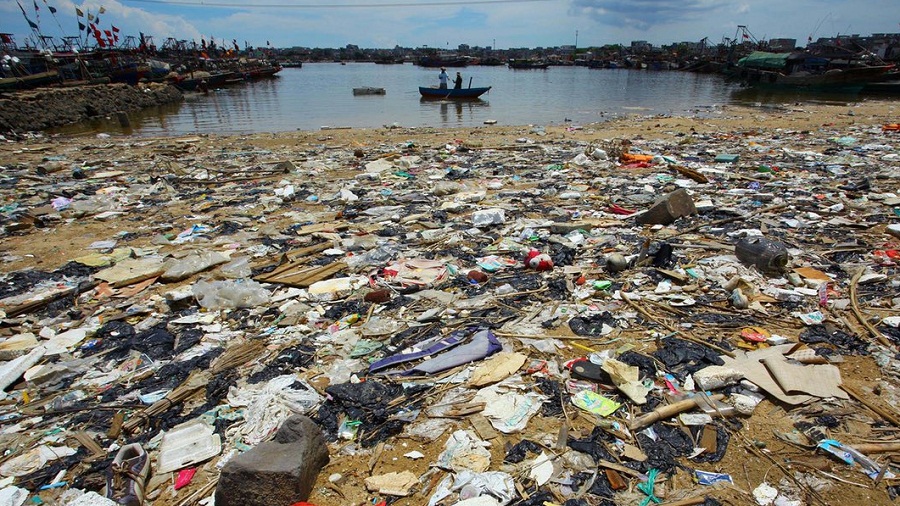In China, the water you drink is as dangerous as the air you breathe

Shanghai, with its chic cafes, glitzy shopping malls and organic health food shops, is emblematic of improving quality of life for China’s urban middle class. Yet while the city’s veil of smog has lifted slightly in recent years, its water pollution crisis continues unabated – 85% of the water in the city’s major rivers was undrinkable in 2015, according to official standards, and 56.4% was unfit for any purpose. These findings come from our new water quality report, which found water pollution levels in China’s other major cities are also extremely high. In Beijing, 39.9% of water was so polluted that it was essentially functionless. In Tianjin, northern China’s principal port city and home to 15 million people, a mere 4.9% of water is usable as a drinking water source. One reason for this is that local governments have too often failed to crack down on polluting industries. In 2011, reports emerged that said Luliang Chemical Industry in Yunnan province had disposed of 5,000 tonnes of chemical waste next to a river used as a drinking water source. According to local residents, more than 140,000 tonnes of waste had already accumulated over 22 years. A year later, seven people, including employees and contractors of Luliang Chemical Industry, were found guilty by the Qilin District Court of Qujing for illegally discharging chromium-contaminated waste. The local government, however, took no action to regulate the company’s chemical waste disposal, and there was no monitoring system in place to track the transport of hazardous materials. The nationwide standards for the treatment of sewage are also far from sufficient. Despite some improvements in recent years, wastewater, water which has been used in the home, in a business or as part of an industrial process and may now contain hazardous materials, remains a major pollution source, particularly in urban centres. In 2015, 3.78bn cubic metres of untreated wastewater was discharged across China, including 1.98m cubic metres in Beijing alone. This is water that has been ruled unusable for agricultural, industrial and even decorative purposes dumped into rivers and lakes. This is not for want of China’s Ministry of Environment stepping up efforts to address water pollution. In 2015, the ministry ordered provinces to actually meet the water quality targets they set every five years. For Shanghai that means ensuring there is “basically no surface water” that cannot serve at least some function by 2020.
Read More:

